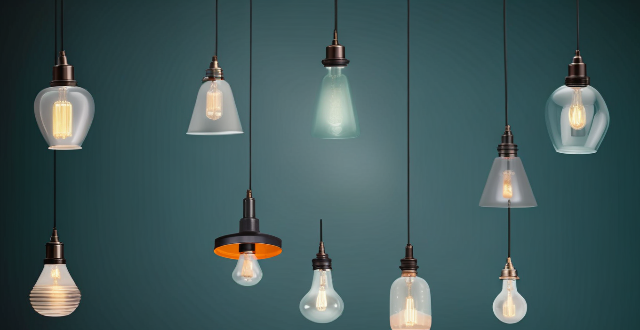Energy-efficient lighting systems reduce energy consumption while providing adequate light. They include incandescent bulbs, halogen bulbs, compact fluorescent lamps (CFLs), LED lights, solar lights, and smart lighting systems. Each has its advantages and disadvantages, so it's important to choose the right type based on needs and budget.

Different Types of Energy-Efficient Lighting Systems
Energy-efficient lighting systems are designed to reduce energy consumption while providing adequate lighting. Here are some of the different types of energy-efficient lighting systems available:
Incandescent Bulbs
Incandescent bulbs are the most common type of light bulb. They work by passing electricity through a filament, which then heats up and emits light. However, incandescent bulbs are not very energy-efficient because they waste a lot of energy as heat.
Halogen Bulbs
Halogen bulbs are a type of incandescent bulb that uses halogen gas to make the filament last longer. They are more energy-efficient than regular incandescent bulbs but still waste a lot of energy as heat.
Compact Fluorescent Lamps (CFLs)
Compact fluorescent lamps (CFLs) are a type of fluorescent tube that is shaped like a spiral and fits into a standard light bulb socket. They are much more energy-efficient than incandescent bulbs and can last up to 10 times longer.
LED Lights
LED lights use light-emitting diodes to produce light. They are the most energy-efficient type of lighting system available and can last up to 25 times longer than incandescent bulbs. LED lights also produce very little heat, making them safe to touch.
Solar Lights
Solar lights use solar panels to convert sunlight into electricity, which is then used to power the light. They are a great option for outdoor lighting because they don't require any wiring or batteries.
Smart Lighting Systems
Smart lighting systems use sensors and controls to automatically adjust the amount of light based on the amount of natural light available. They can also be controlled remotely using a smartphone or tablet.
In conclusion, there are many different types of energy-efficient lighting systems available, each with their own advantages and disadvantages. It's important to choose the right type of lighting system based on your specific needs and budget.